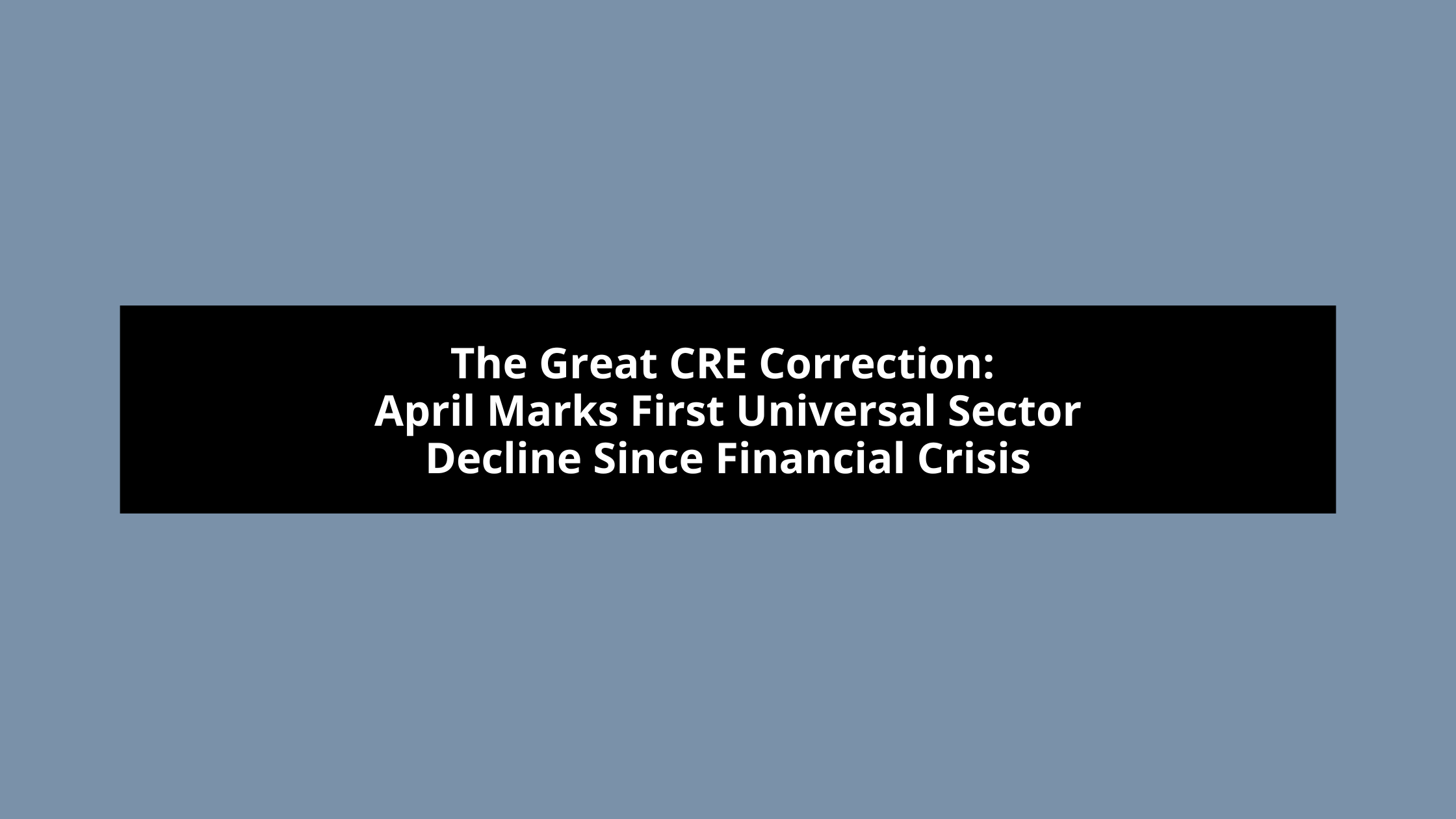The Potential Return of 100% Bonus Depreciation: What’s on the Horizon for 2025?
As Washington grapples with ongoing budget negotiations, a critical question looms for businesses across America: Will 100% bonus depreciation make a comeback?
This powerful tax incentive, which underwent significant changes under the Tax Cuts and Jobs Act (TCJA) of 2017, has been steadily decreasing, leaving many business owners and investors eager for signs of its potential reinstatement.
Understanding the Current Landscape: The phase-down schedule established by the TCJA has already reduced bonus depreciation from 100% in 2022 to 60% in 2024, with a further decrease to 40% planned for 2025. Without intervention, this downward trend will continue until the benefit phases out completely in 2027. However, recent developments in Washington suggest this trajectory might not be set in stone.
Bonus depreciation’s significance extends far beyond simple tax accounting.
- This provision allows businesses to immediately deduct a substantial portion of qualifying asset costs in their first year of service, providing crucial upfront tax savings that can fuel business growth and investment.
- For commercial property owners, the impact has been particularly notable when combined with cost segregation studies, which strategically reallocate building costs to maximize depreciation benefits.
The Congressional Perspective: Recent discussions on Capitol Hill have revealed growing bipartisan interest in revisiting tax policies that encourage capital investment. While no formal proposal for reinstating 100% bonus depreciation has emerged, the conversation has gained momentum among lawmakers from both parties. Republican legislators, backed by business advocacy groups, champion the reinstatement as a catalyst for economic growth and job creation. Their Democratic counterparts, though initially hesitant about corporate-focused tax benefits, have shown increasing openness to negotiation, particularly when coupled with measures supporting small businesses or addressing social priorities.
The Economic Context: The economic landscape has shifted dramatically since the TCJA’s implementation in 2017. Today’s businesses face unique challenges, including persistent inflationary pressures and elevated interest rates. These conditions have prompted policymakers to reconsider bonus depreciation as a potential tool for economic stimulus.
Looking Ahead to 2025: Several scenarios could unfold as we approach 2025. A temporary reinstatement tied to specific economic goals appears most likely, potentially restoring 100% bonus depreciation for assets placed in service during 2025. Alternatively, changes might be incorporated into a broader tax reform package, especially as both parties position themselves as champions of economic growth following the presidential election.
Strategic Considerations for Businesses: While the future remains uncertain, businesses shouldn’t adopt a wait-and-see approach. Current bonus depreciation levels, though reduced, still offer significant benefits when properly utilized. Commercial property owners and business leaders should:
- Consult with tax professionals to maximize existing benefits
- Consider timing of major asset purchases based on current and potential future rates
- Explore cost segregation studies to optimize depreciation strategies
- Stay informed about legislative developments that could impact investment decisions
The March 2025 government funding deadline may prove pivotal in determining the fate of bonus depreciation. Whether through temporary reinstatement or comprehensive tax reform, changes to this important provision could significantly impact business investment strategies in the coming years. As this situation continues to evolve, maintaining flexibility in business planning while maximizing current benefits remains the most prudent approach. The months ahead will likely bring greater clarity to this important aspect of tax policy, allowing businesses to adjust their strategies accordingly.
Contact Myles Lichtenberg, Esq. at MylesTitle to learn more.


